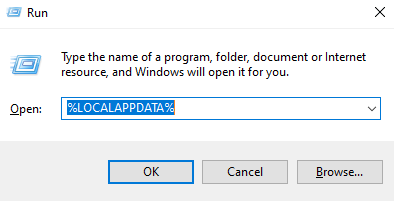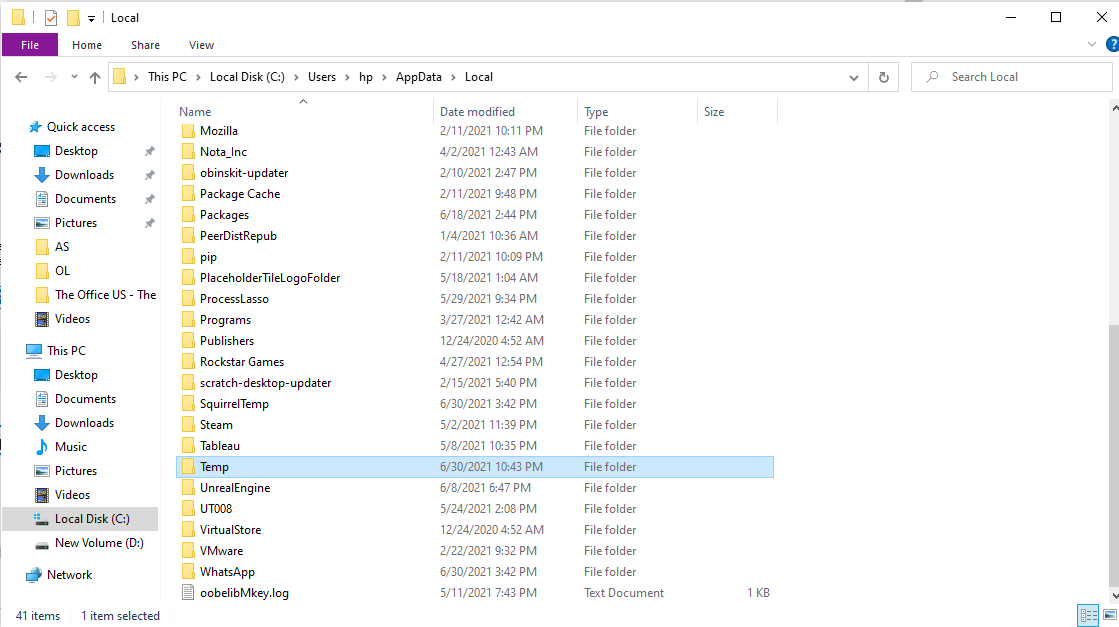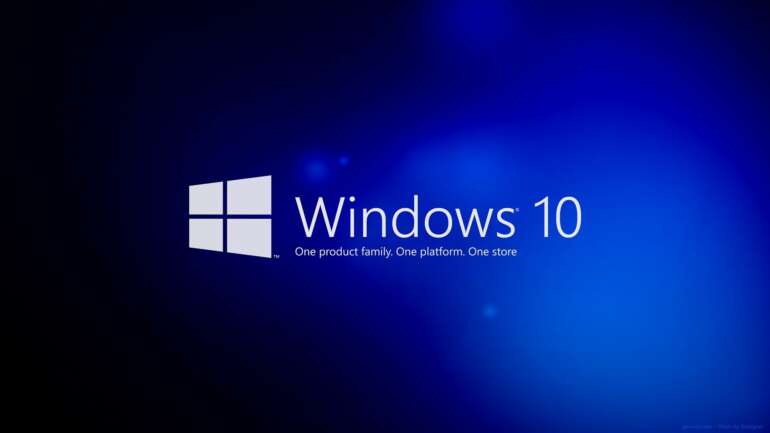A computer is supposed to be fast right? then why are you experiencing a slow boot time? Even if you have the latest, most high-end hardware in your PC and have PCIE Gen 4.0 SSDs installed, you might still be vulnerable to slow booting times of Windows 10. Windows 10 was designed to improve hardware performance and speed up your PC but as always it does the opposite thing. It is frustrating to see those little dots circling round and round over and over again while your friends are waiting for you to come join them in-game.
Due to these long boot times, you might always avoid the need to turn off or restart your computer. This is something what I used to do as well. A sluggish or long Microsoft Windows startup can be brought about by a wide range of issues. It’s a good thing that this problem is fixable, and we have all the fixes right here on this page. So if you don’t want to play an entire chess match while you wait for your computer to start, you can follow our guide.
Method #1
Update your BIOS. It has been tested that updating your motherboard BIOS actually helps to improve the boot load time of Windows 10. You will have to look at your motherboard manual to see how to update its BIOS. But usually all it requires is a formatted USB Flash Drive and you have to make sure that power is not cut off from your system while you update the BIOS as this could cause it to get bricked.
Method #2
- Go to File Explorer.
- On the URL bar type %localappdata%.
- You can also do this by pressing WIN+R and typing the same thing.

- Next, find the folder that is named Temp.

- Press Shift+Delete to permanently delete the folder. Don’t worry as only temporary information is stored in this folder.
Method #3
Disable programs on startup. Booting your Windows system is also affected by the programs it has to load on startup. So it is better to reduce them. This doesn’t mean to uninstall them, just to prevent them from running automatically when the the PC loads.
- Open Task manager. You can do this by pressing Ctrl+Shift+Esc. Go to the Startup tab

- Right-click on the apps that have the Enabled Status and click the Disable option.

Done
Hopefully now you don’t have to deal with a very slow boot load time on your PC and can actually achieve the true potential of your SSD as it was advertised. Do let us know in the comments below if our guide helped you to get to Windows quicker than before.

